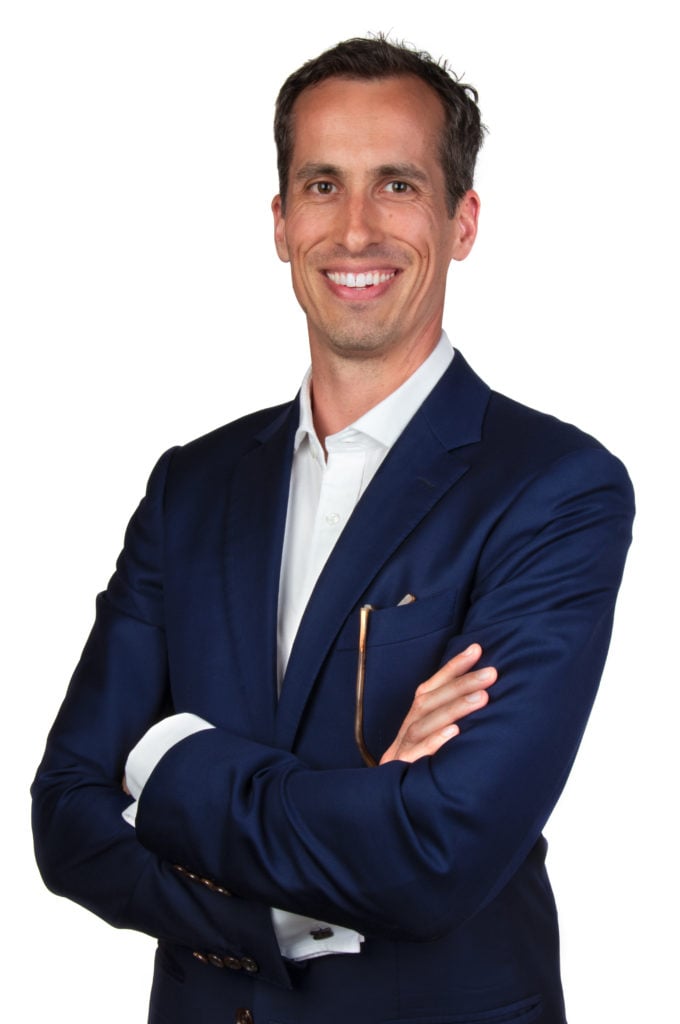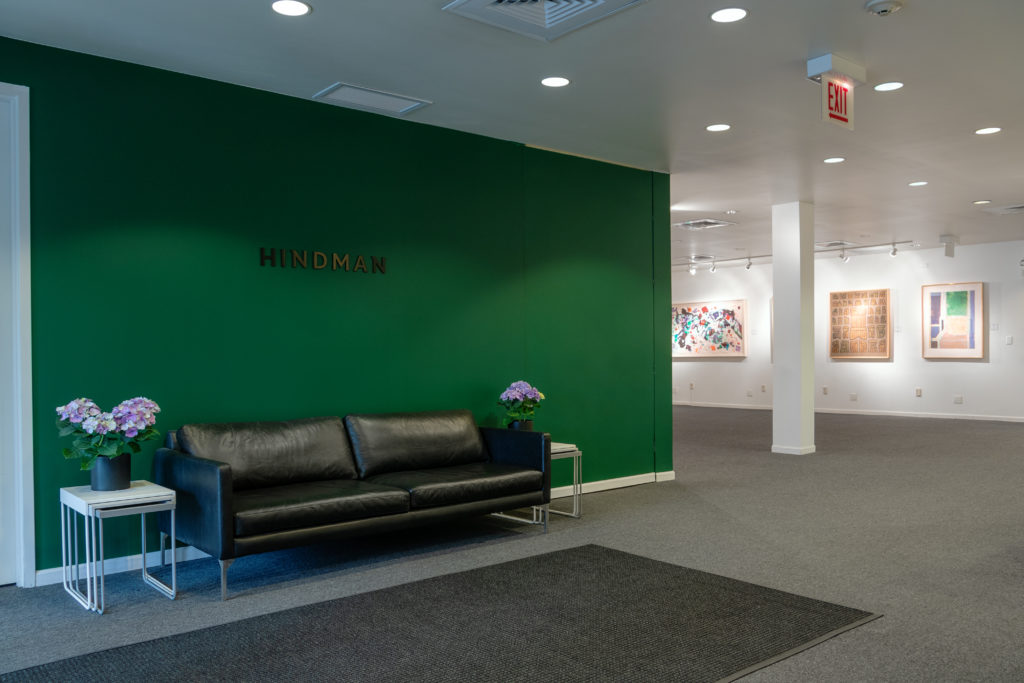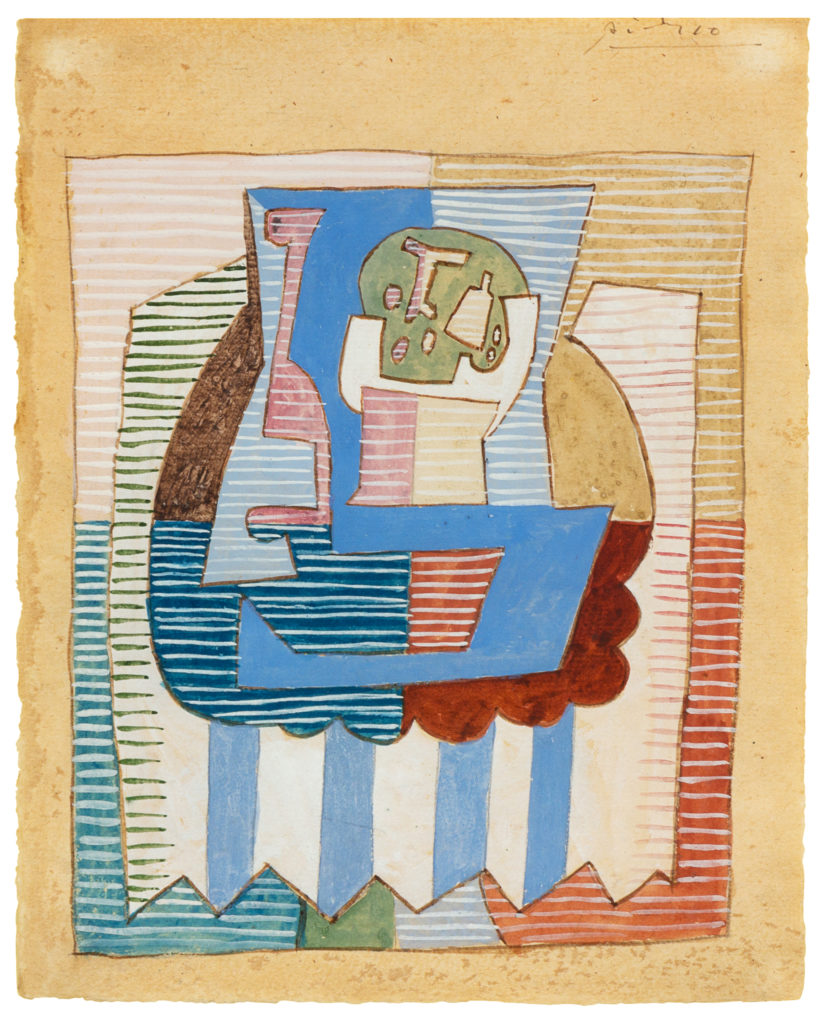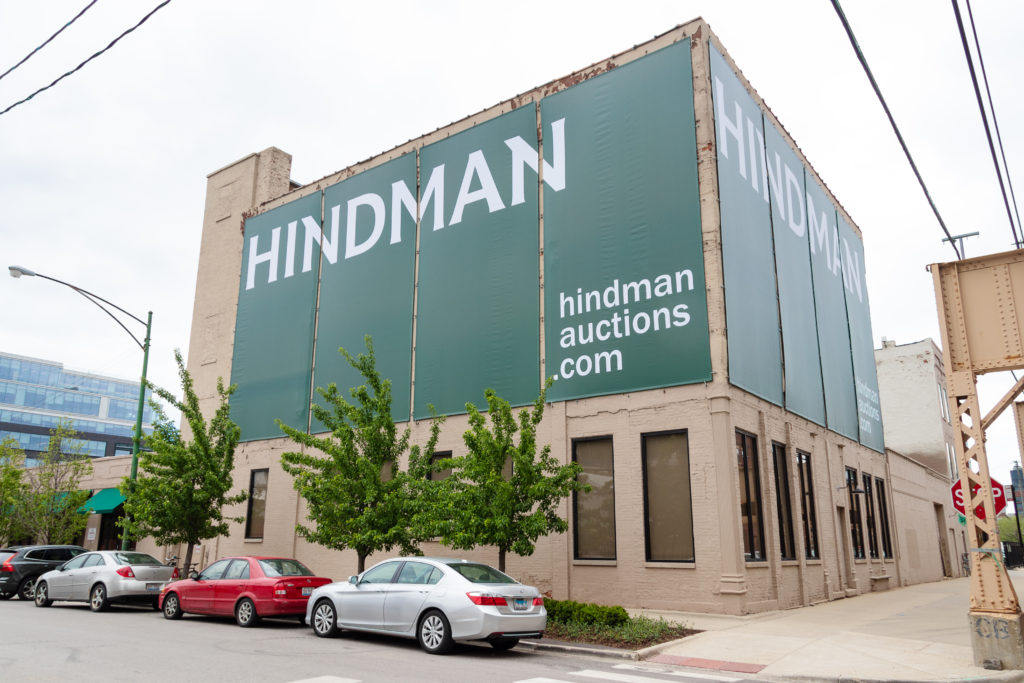‘We’re Not Trying to Seem Like the Coolest Kid on the Block:’ How the CEO of Leslie Hindman Auctioneers Is Repositioning the Auction House


Artnet Gallery Network

In June 2018, Chicago auction house Leslie Hindman Auctioneers announced that Leslie Hindman would be stepping down as CEO and Thomas Galbraith would be assuming her position.
The decision was a logical one: the announcement came on the heels of an influx of investment in the company by a private equity firm seeking large-scale growth, and Galbraith had made his name with his considerable ability to bridge art, technology, and business development.
He had co-founded the art advisory firm Petraeus Group; was formerly the managing director of Paddle8; and had served as director of global strategy here at artnet, among other noteworthy positions.
Then, in January of this year, Leslie Hindman Auctioneers acquired the Cincinnati-based Cowan’s Auctions, in a consolidating move to form Hindman LLC—one of the most sizable auction houses in the country.
We caught up with Gailbraith to talk about technology in the art market and the auction house’s ambitious plans for the coming years.

The Chicago-based company has more auction rooms in the country than any other auction house, including spaces in Atlanta and Palm Beach, among others.
In many of your positions, you’ve made a mark with an insightful understanding of the use of technology. What do you see as the role of technology at Hindman?
After I started here, people often made comments to the effect of, “Oh you’re the tech guy! You’re going to be taking everything online, making everything digital.” Obviously there is a kernel of truth in there. I do believe in the power of having a strong online platform, but primarily I believe the role of technology—in the art market and any other market—is about enabling growth. You don’t want technology to cannibalize your own business, but to play an additive role. Before we institute anything, it is essential that we understand whether the move will help our organization grow, or simply shift our audience from one platform to another. Reorienting people to a new platform is not really ideal unless there are significant efficiency improvements. Even then what you really want to do is grow. The hope is to be tech-enabled. Hindman is not a tech company, nor is Sotheby’s, nor Gagosian. But they can and do use it to enable development.

Pablo Picasso, Abstract Composition (1920). Estimate at $200,000-400,000 it is one of the highlights of Hindman’s Post War and Contemporary Sale.
Who is the audience Hindman is trying to reach and how, if at all, are your strategies for connecting changing?
We have lagged somewhat technologically speaking. Though Leslie Hindman and Wes Cowan were founding investors in bitsquare and certainly understand the power of technology, its implementation had been a bit behind. The way we’re approaching changing our website and developing technology is to say, “How can we serve our clients in the way that they want to be served?” To do that, we need to make sure that any client that wants to interact with us in a physical retail or auction space can do so. Similarly, any client that wants to deal with us in the virtual sense should also be able to do so. Essentially, we want to cater to clients.
With that in mind, we’re in the midst of deploying a new internal auction software platform that will help our team be more efficient, with information at their fingertips to be able more effectively communicate with our clients. We are also implementing a new website, with a new brand identity and a marketing strategy, to better serve our existing and potential clients. The new site will be an improvement for those who want to be served virtually, but it will also highlight our physical presence by stressing the 10 locations we have throughout the country, that we have on-the-ground experience, and that we have more auction rooms than any other auction house in the country.
Why do you think the physical location is still so valued?
Here’s an example. When I go shopping for clothing, I go online. That’s my mall. But for other people, they want the experience of going to the store and trying something on. My wife, for example, think it’s insane that I order clothes, try them on, and send back what I don’t want to keep. Shopping in stores is simply not how I want to spend my time. She, on the other hand, would rather go to the store, try something on and see how it fits, and decide there and then. Neither one of us is right or wrong; it’s just how we want to engage. At Hindman, we have clientele that enjoy very much that we have auction spaces in Atlanta or in Denver or Palm Beach that they can go visit. That marketing angle somewhat taps into the idea of buying local. The degree of engagement that you can have with someone on the ground can be tremendously compelling, more so than an email or a phone call.

The Chicago office of Hindman clad in the new branding, 2019.
What should we be expecting from Hindman in the next year, two years, five years?
We’re very focused on foundation-building right now. We’re very focused on integrating the two companies, Cowan’s and Leslie Hindman’s, so that the platform we build has the strength to sustain some quite aggressive growth plans. For the next year, we’re concentrating on structure and making sure that our internal systems can provide the best possible client experience and customer service. Additionally, we’re working to have client-facing marketing and an online portal that is aspirational, clean, and consumer-friendly, without trying too hard. We’re not trying to seem like the coolest kid on the block, if you know what I mean. We’re trying to do the best possible job. When people think about us, what I am aiming for, and what we are all trying to achieve here, is that people remember that it was really great doing business. It doesn’t have to be that we are cutting-edge. Someone else can take up that mantle.
You’ve become a real presence in the Midwest. Are your clients concentrated there? Are there benefits to being based in Chicago?
Our clients come from all over. They’re an international group from Asia, all across Europe and the US, South America. That’s a function of the fact that this is the digital age. We’ve often worked through third party platforms to reach a wider audience and, with the new website, there is a real sense of how much we can drive ourselves. I think being in Chicago is a real asset. Many people focus on New York or LA, so there’s a significant draw of attention to the coasts. But what I’ve seen over the past year is that there is a phenomenal potential in the rest of the country. Heritage Auctions is based in Dallas and they are one of the largest auction houses in the country. I think the more we can serve clients in a way that they want to be served, the better we can be poised to take market share. We’re already seeing that happen. Our growth year-on-year is pretty impressive. These changes we’re making are starting to have serious effect. There is a very real change happening.